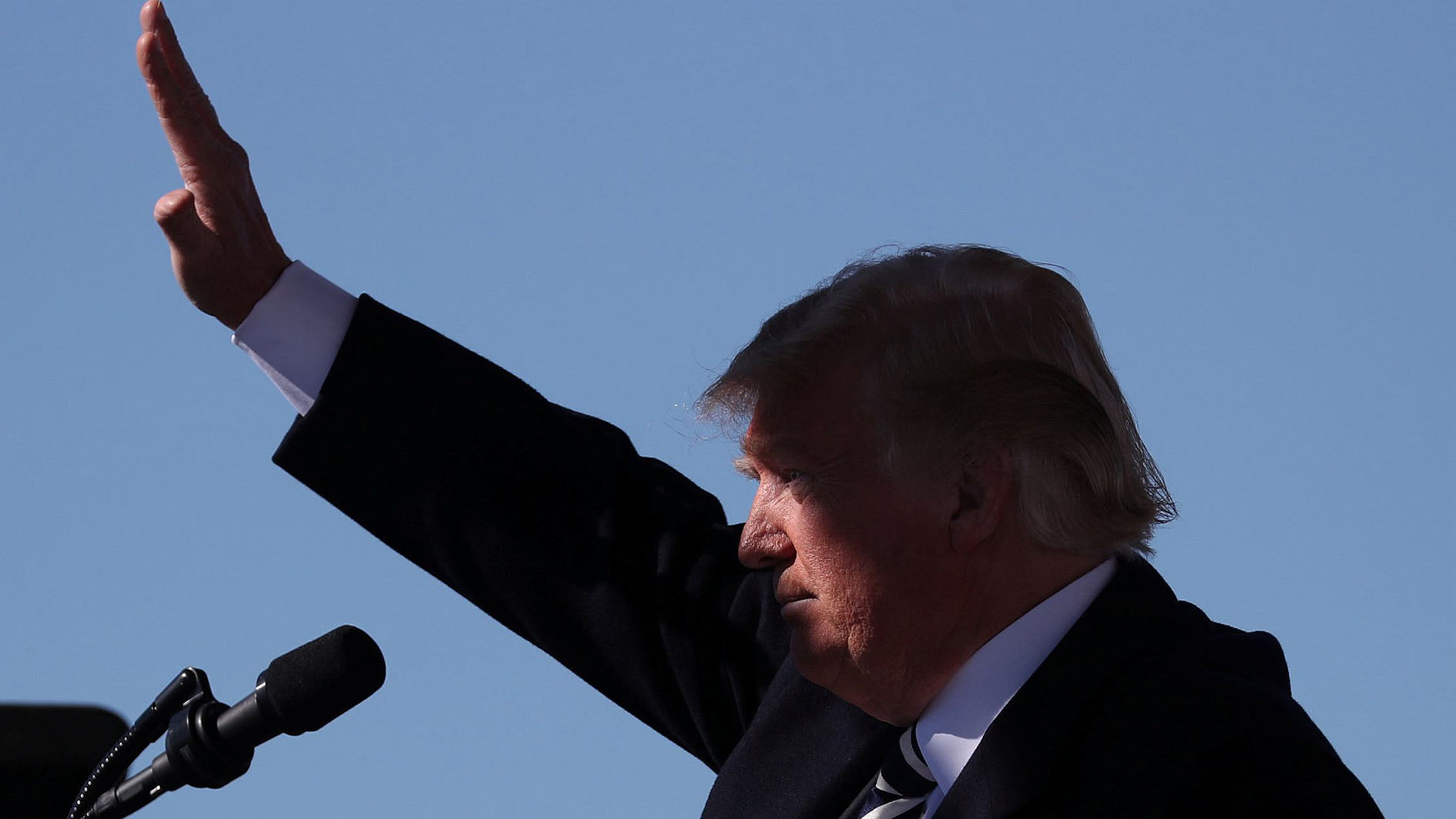
Politics
22:17, 22-Oct-2018
Why is the US withdrawing from the INF Treaty?
Updated
21:20, 25-Oct-2018
By Nayan Seth, Zhang Jing, Zheng Weiyu
02:11

The Trump administration is preparing to quit the Intermediate-Range Nuclear Forces (INF) Treaty thanks to the arms control-hating John Bolton. So, why did the US decide to withdraw from the INF treaty? What has really happened since the signing of the landmark treaty in 1987? Let's find some answers.
In 1987, the then-US President Ronald Reagan and Soviet Union leader Mikhail Gorbachev signed the INF Treaty, which was an agreement to eliminate ground-based missiles with ranges of between 480 and 5,400 kilometers. Over the next four years, the two sides destroyed altogether around 2,700 missiles.
The INF pact was considered successful, as it had halted the arms race between the cold war rivals. But in 2002, the then-US President George W. Bush pulled out of another bilateral agreement signed in 1972. The Anti-Ballistic Missile Treaty had barred both superpowers from deploying long-range ballistic missiles.
After the US withdrawal, Russia declared the INF treaty wasn't really serving its interests anymore. Since then, both the US and Russia have accused each other of violating the treaty on a number of occasions.

VCG Photo
VCG Photo
In 2014, citing cruise missile tests by Russia, the then-Obama administration said Moscow had breached the pact. Russia, though, has always denied all the accusations. In 2016, the Obama administration deployed advanced missile systems at Russia's doorstep, in Romania. This enraged Moscow, as it considered the US move a direct threat to its own security.
In March this year, Russia unveiled new missile systems, declaring they can reach "any point in the world." This month, before the US pullout from the INF, the North Atlantic Treaty Organization or NATO had also accused Russia of violating the treaty by developing the new missile systems.
US military deployments in Europe and Asia have also strained relations with Russia. The US has a military presence in Germany, Poland, Lithuania, Latvia, Estonia and Romania. On the eastern side of Russia, the US has permanent military bases in Japan and South Korea. Russia views these as direct US interference in its own backyard.

SITEMAP
Copyright © 2018 CGTN. Beijing ICP prepared NO.16065310-3
Copyright © 2018 CGTN. Beijing ICP prepared NO.16065310-3